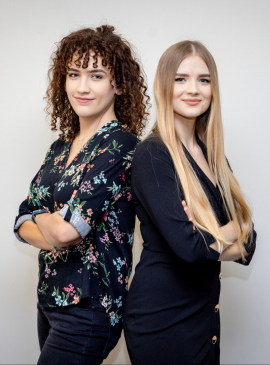OUR COMPANY
OUR SERVICES
THEMES
The training aims to introduce Deep Learning issues and methods for building artificial and deep neural networks. In addition, participants learn how to implement basic Deep Learning models using the Caffe framework.
To get familiarized with core concepts and methods within the area of deep learning, along with practical applications related to image and sound analysis.
Participants of the training will learn:
Discussed methods are accompanied by practical examples.
People who want to use deep learning methods or who want to acquire understanding of fundamentals of deep learning methods, with a practical focus on applications of such methods typical for the area of image recognition and sound data analysis.
To get familiarized with core concepts and methods within the area of deep learning, along with practical applications related to image and sound analysis.
Participants of the training will learn:
Discussed methods are accompanied by practical examples.
People who want to use deep learning methods or who want to acquire understanding of fundamentals of deep learning methods, with a practical focus on applications of such methods typical for the area of image recognition and sound data analysis.
The number of participants: 8-15 people
Duration: 2 days
Available language: PL / EN
Available course material: PL / EN

ITIL® and PRINCE2® are registered trademarks of AXELOS Limited, used under permission of AXELOS Limited. All rights reserved.
AgilePM® is a registered trademark of Agile Business Consortium Limited.
All AgilePM® Courses are offered by Sii, an Affiliate of Quint Wellington Redwood, an Accredited Training Organization of The APM Group Ltd.
Lean IT® Association is a registered trademark of the Lean IT Association LLC. All rights reserved. Sii is an Affiliate of Accredited Training OrganizationQuint Wellington Redwood.
SIAM™ is a registered trademark of EXIN Holding B.V.
All prices presented on the website are net prices. 23% VAT should be added.
Czy chcesz opuścić tę stronę?